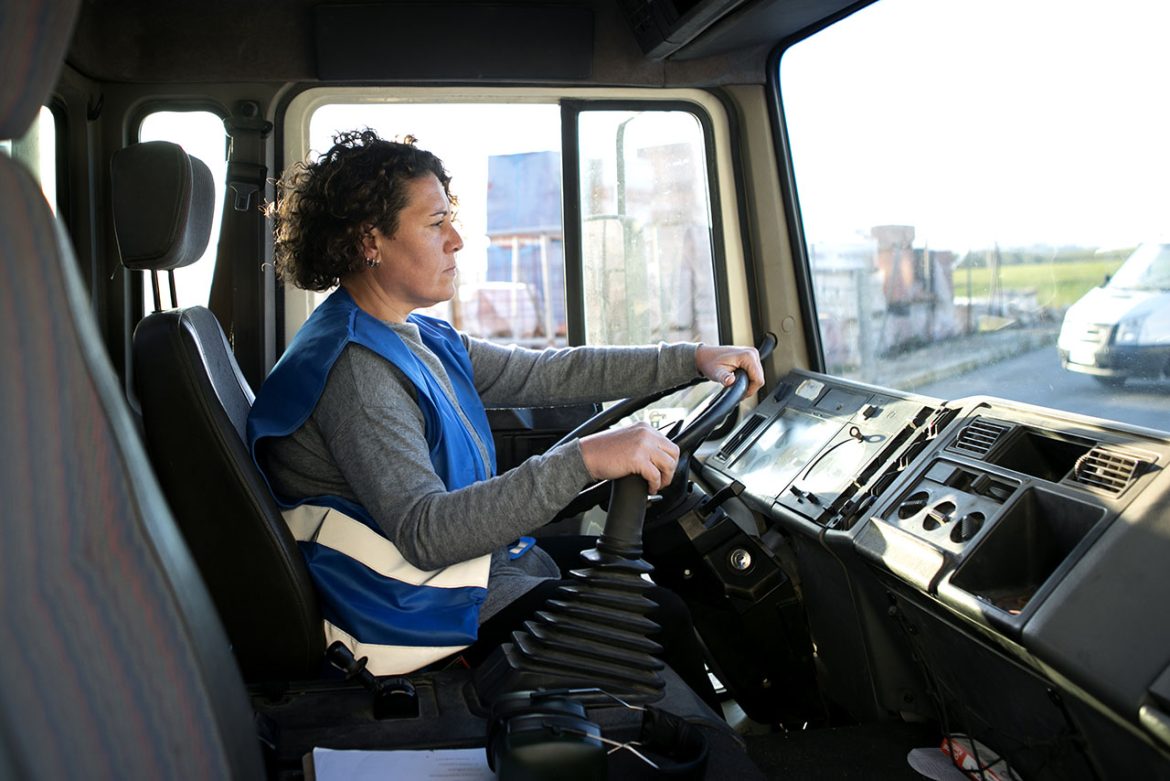Spain is facing a structural crisis in the transport sector that threatens to paralyze its economy. According to the latest analyses, the shortage of professional drivers is between 15,000 and 30,000, an alarming figure for a sector that represents 4.39 percent of the national GDP and accounts for 5.4 percent of the country’s employment.
This shortage is occurring in a context where demand continues to grow, especially during campaigns like Black Friday and Christmas, when vacancies in distribution and logistics double compared to the previous year, exceeding 3,700 job offers in just two months. Transport, the backbone of our supply chain, is showing signs of exhaustion in a model that is failing to attract new talent.
A profession with wrinkles: The aging workforce
The profile of the Spanish transporter reflects a progressive aging that aggravates the crisis. 72 percent of goods transporters are over 50 years of age, according to the Spanish Confederation of Goods Transport (CETM).
InfoJobs data confirms this trend: among heavy truck drivers, 34 percent are between 45 and 54 years old and another 32 percent are between 35 and 44. The recent demands for early retirement due to the dangerous nature of the job are just another symptom of this massive aging. The sector seems to have rested on its laurels, failing to foresee the perfect storm that was approaching: professionals retiring without sufficient replacements.
The pending subject: Women in transport
In the face of this panorama, the incorporation of women emerges as a logical and necessary solution, but the data reveals a disappointing reality. In Spain, women represent barely 2 percent of professional truck drivers, which translates to approximately five thousand female drivers out of a total of 250,000 drivers.
This underrepresentation is even more glaring when we compare it with the European average, where the already low female presence reaches at least 3 percent.
The paradox is evident: a sector that cries out for professionals is – consciously or unconsciously – rejecting 52 percent of the potential talent. Worse still, this exclusion occurs despite the fact that women constitute 46.6 percent of the Spanish labor force, a percentage that falls to 22.6 percent in transport and storage.
Visible and invisible barriers: Why don’t they join?
The obstacles to female incorporation are multiple and complex, starting with the sector’s own culture.
Road transport remains anchored in a traditionally male identity, perceptible from the driving licenses: only 4.26 percent of those with a Class C license (truck) are women, a percentage that plummets to 2.8 percent for the C+E license (truck with trailers). The lack of visible role models, entrenched stereotypes, and a lack of adaptation by companies deter potential candidates who could revitalize the sector.
Safety: A gendered challenge
One of the most cited obstacles by potential female drivers concerns working conditions, especially safety in rest areas.
Here, the statistics are staggering: of the approximately 380,000 truck parking spaces calculated in the European Union, only 4,943 are certified as safe. This critical lack of adequate infrastructure – with basic services, surveillance, and hygienic conditions – disproportionately affects women, who legitimately fear for their safety during long days away from home.
Initiatives like the National Safe and Secure Parking Platform managed by the Ministry of Transport represent progress, but they are clearly insufficient given the magnitude of the problem.
Towards a comprehensive solution: Beyond a quick fix
The massive incorporation of women into transport requires decisive and coordinated actions between institutions, companies, and society. Events such as the National Congress of Women in Transport – held in March 2025 and closed by Minister Óscar Puente – demonstrate a growing institutional awareness.
Likewise, the “Mujeres en Ruta 2025” recognition from the Latin American Observatory of Gender and Mobility highlights good practices. But symbolic gestures are not enough. Active policies are needed: from specific training grants to tangible improvements in road safety, and cultural changes within the companies themselves.
The truck driver crisis will not be solved by ignoring half the population. On the contrary, the full incorporation of women can and should be the catalyst that transforms the sector, modernizing it and making it more human, diverse, and attractive for future generations. The road ahead is long, but the destination is worth it.
Have any thoughts?
Share your reaction or leave a quick response — we’d love to hear what you think!





